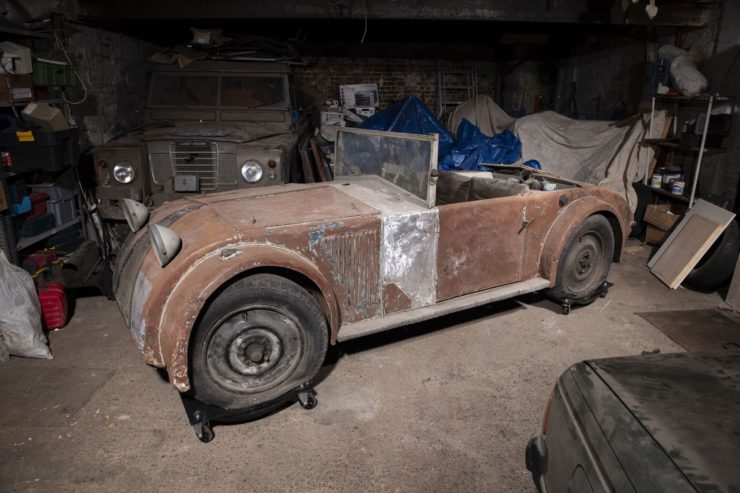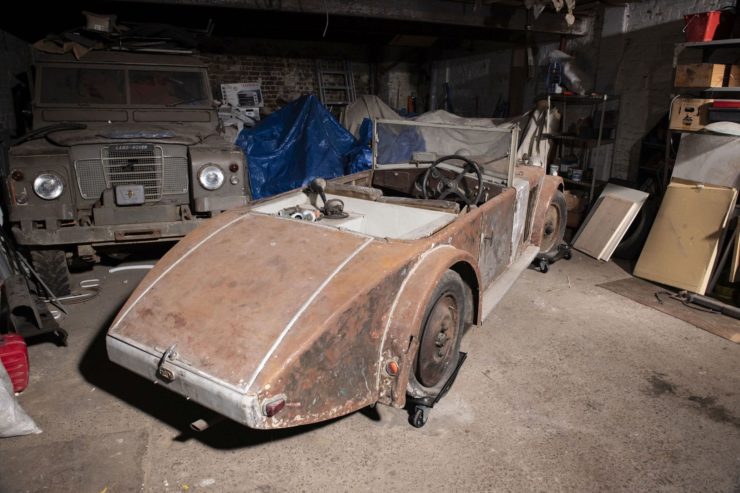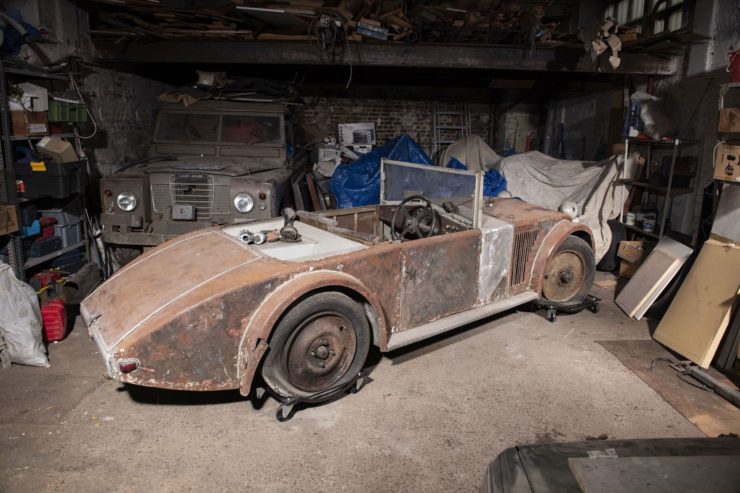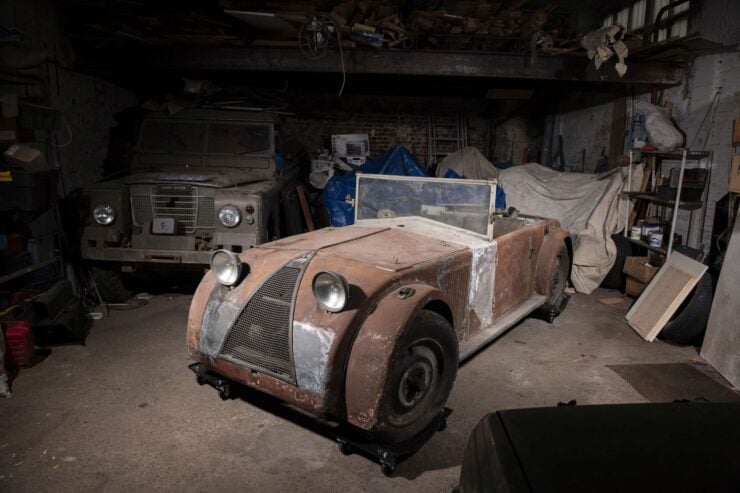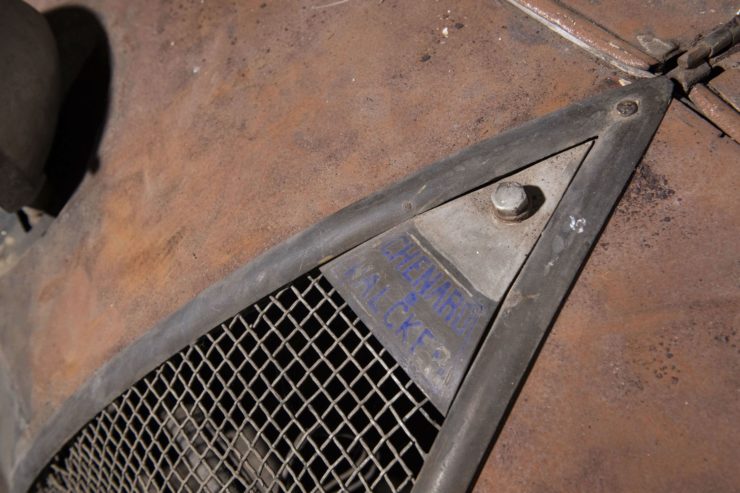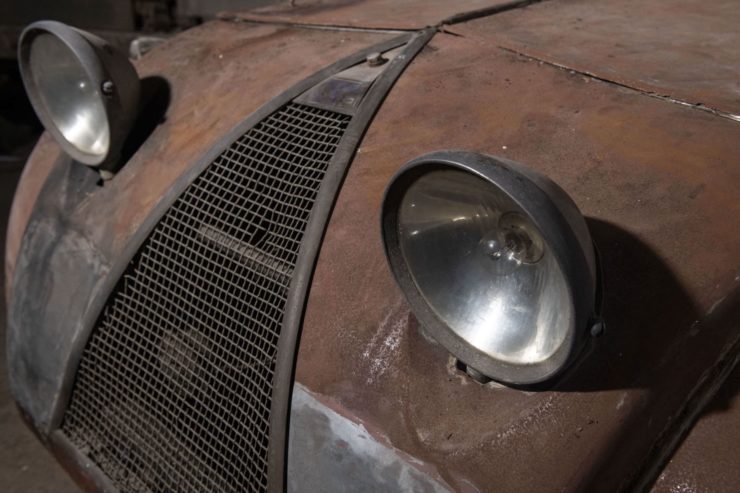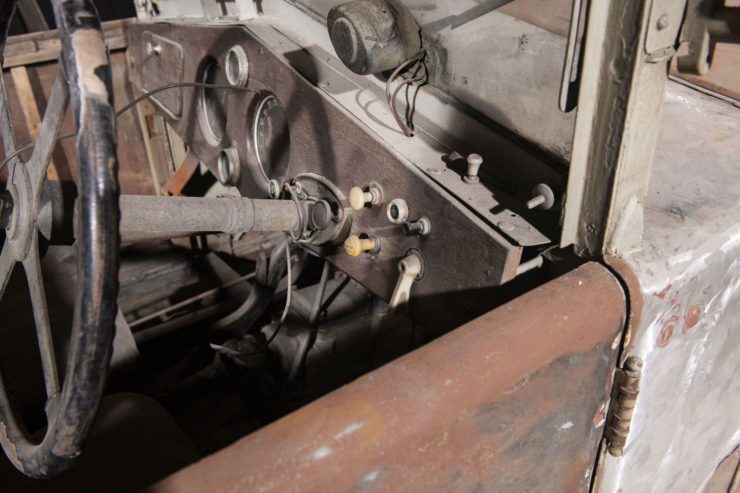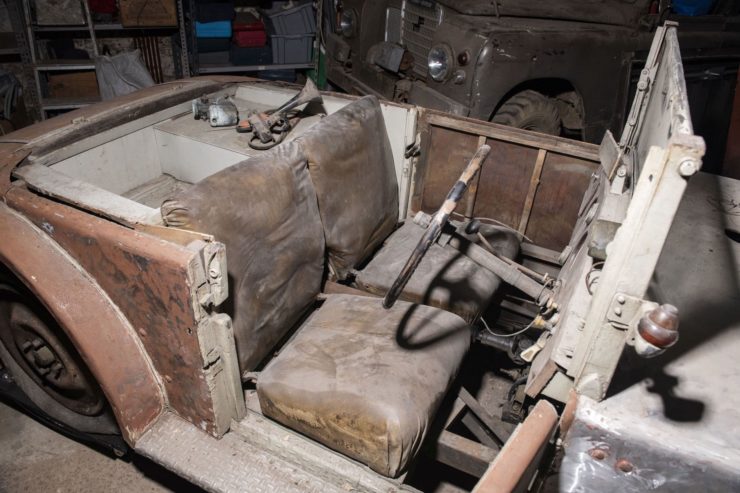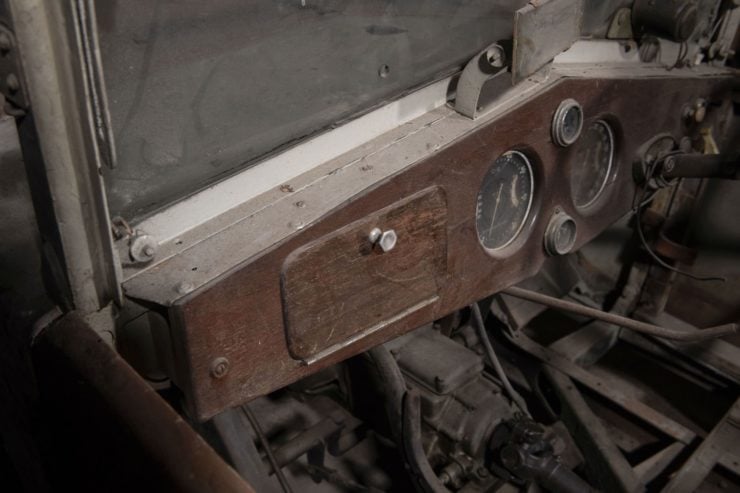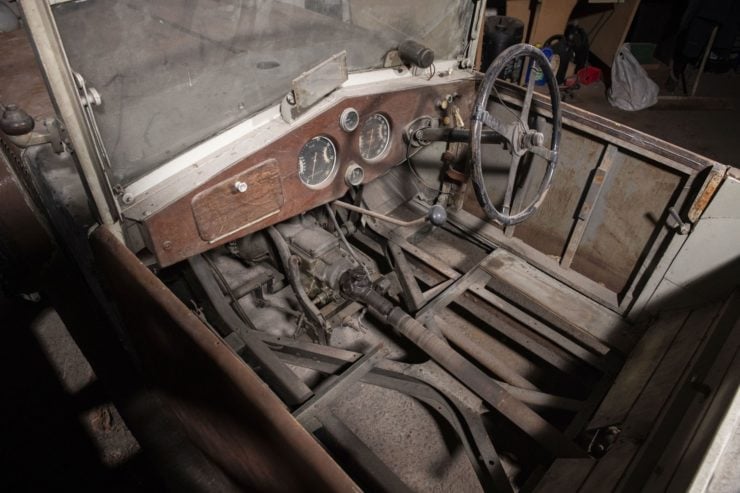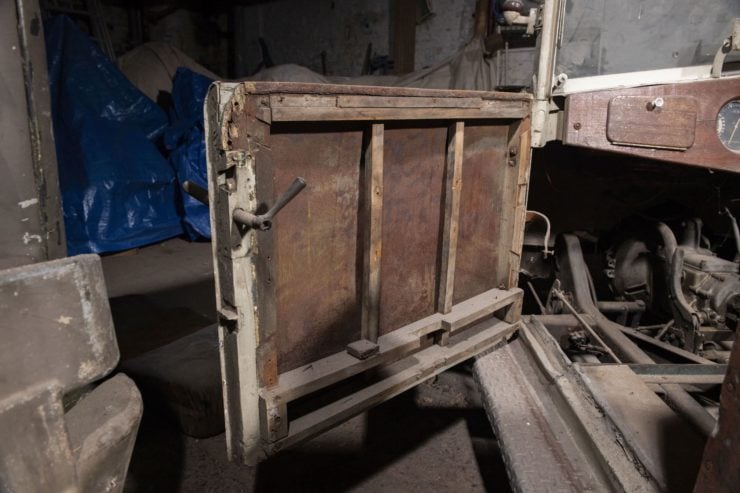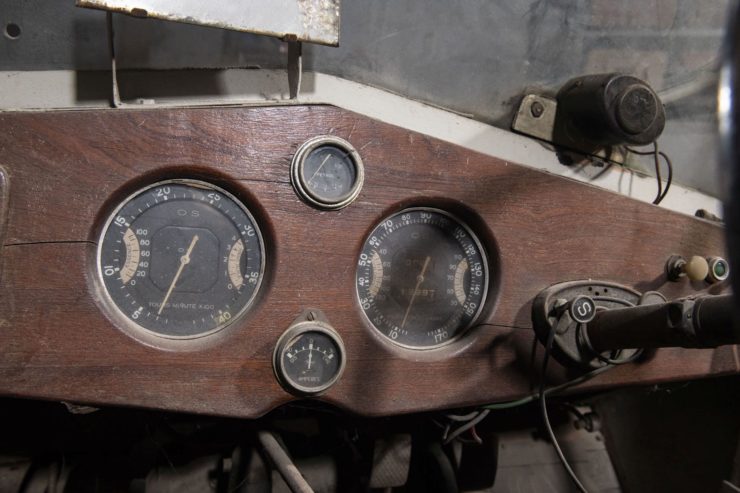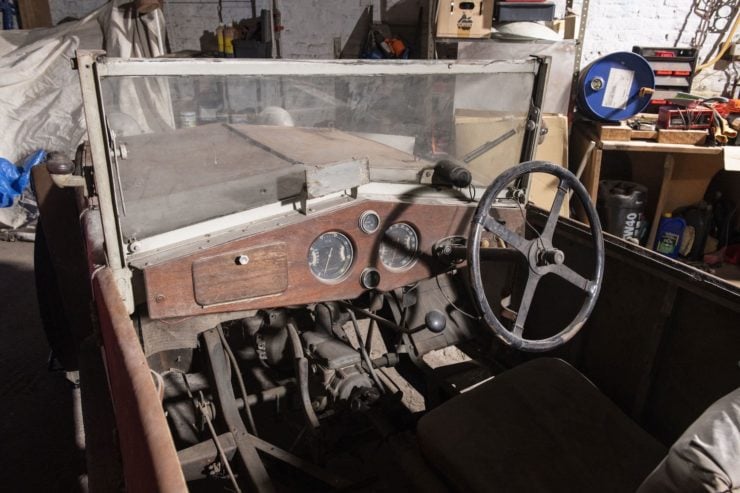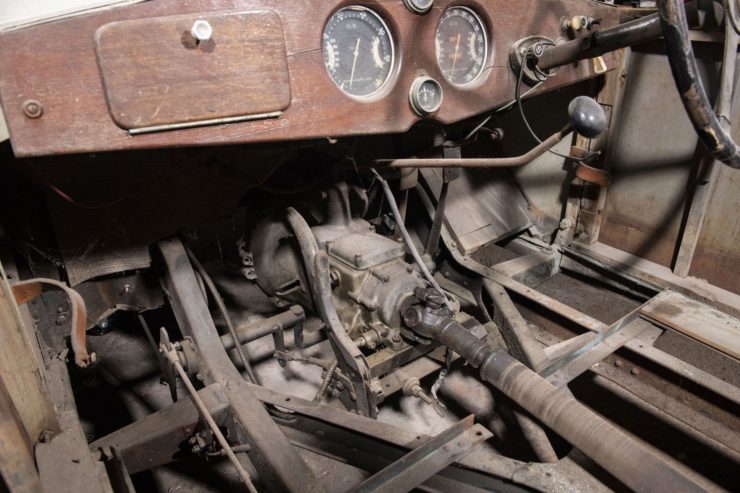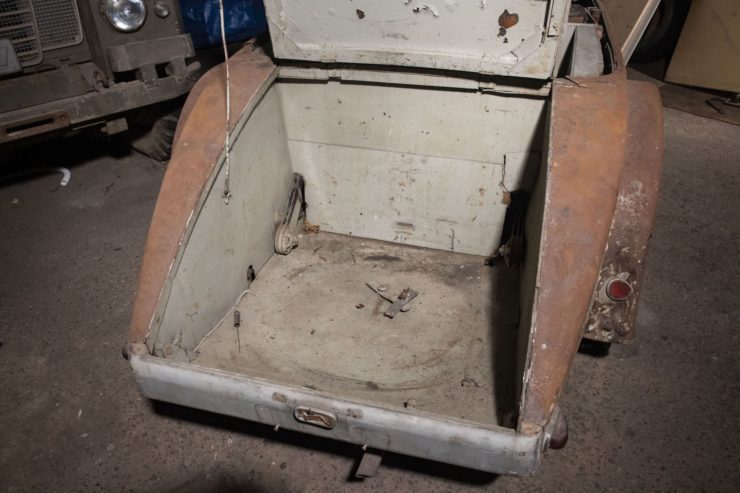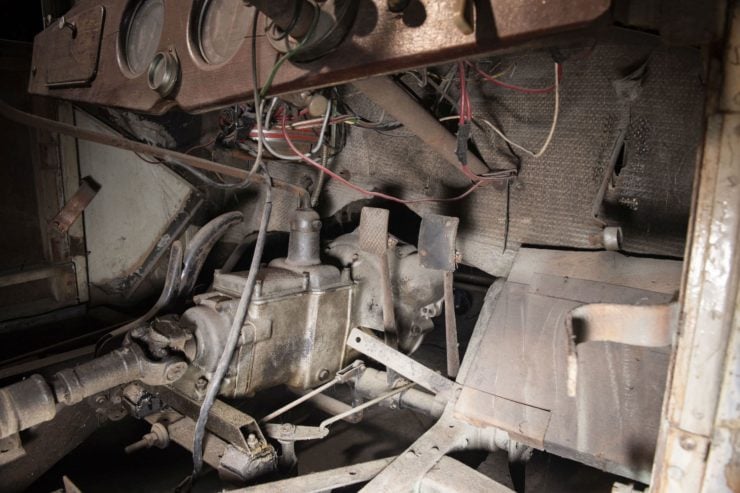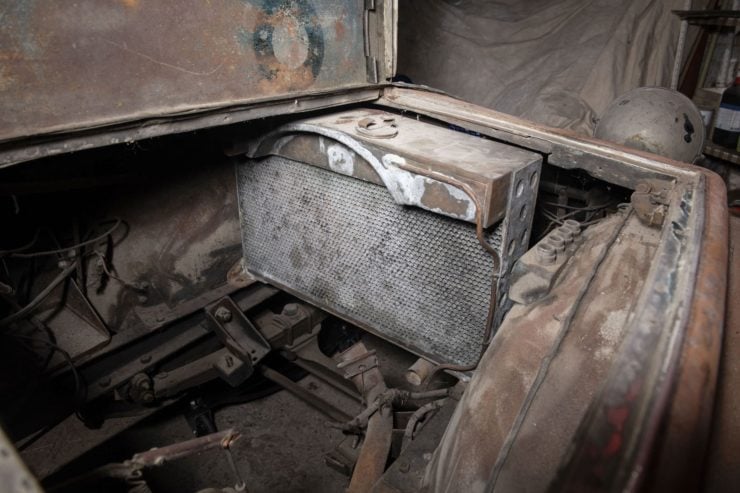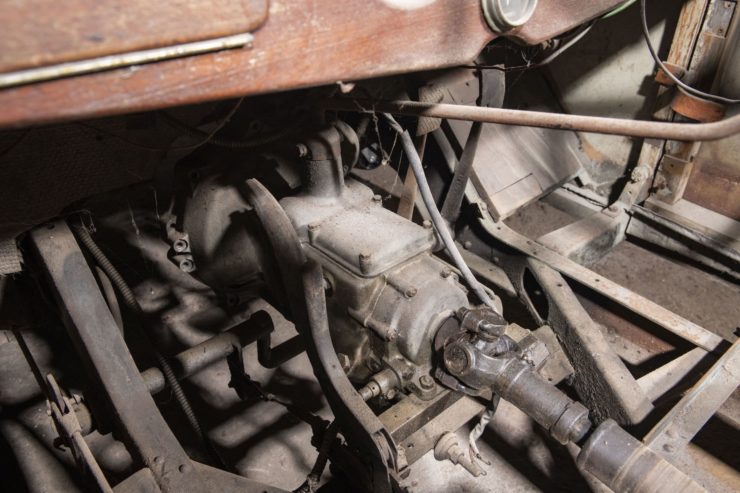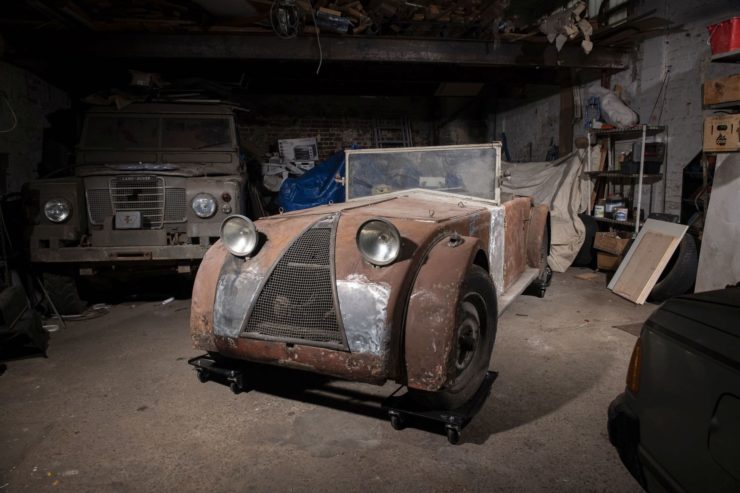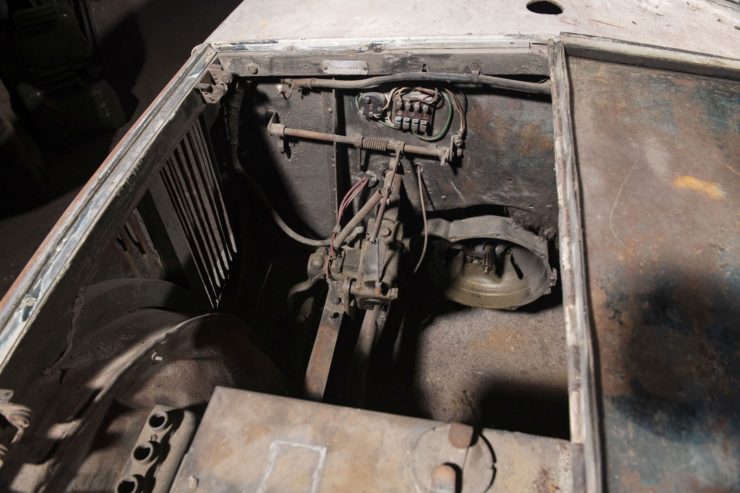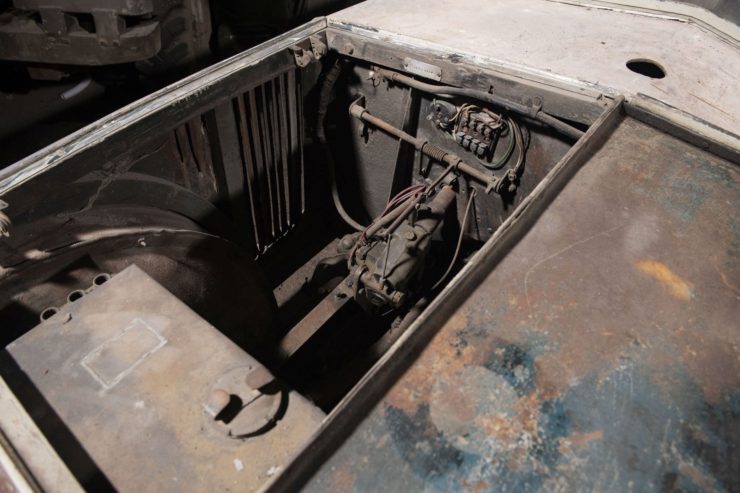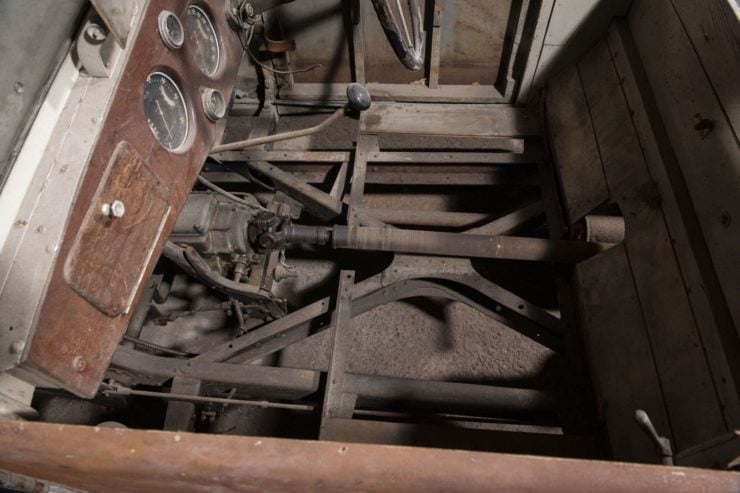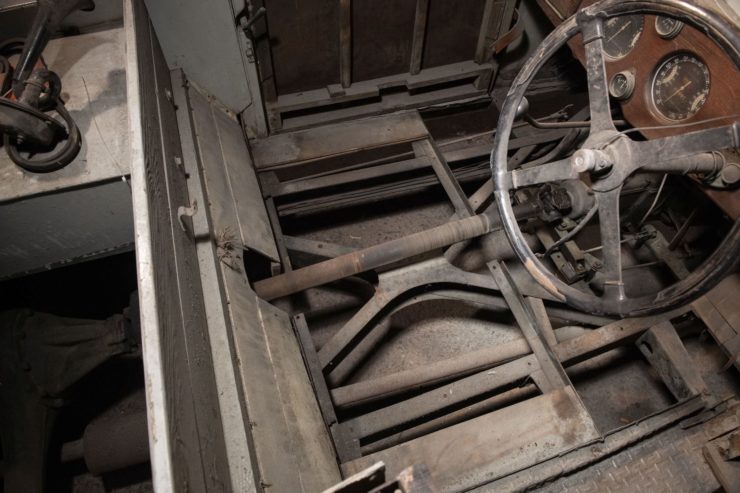The Chenard & Walcker Type Y8 Tank was released at the 1927 Paris Motor Show where it attracted no small amount of attention – the design was intentionally tank-like and compared to the automobiles of the era it was surprisingly advanced.
Unlike most of the cars being built in the 1920s with largely seperate fenders and headlights, the Chenard & Walcker Type Y8 Tank incorporated all of these elements closely together. Although the end result must have looked somewhat unusual to the eyes of a person in the 1920s, it was a design that would become commonplace in the decades to come.
Chenard & Walcker was a French automaker perhaps most famous for winning the first 24 Hours of Le Mans in 1923, in fact the company took 1st, 2nd, and 7th place with cars of their own design. The winning car was driven by René Léonard and André Lagache, both engineers employed by Chenard & Walcker.
It’s likely that the Type Y8 Tank was somewhat inspired by the Bugatti Type 32, commonly referred to as the “Tank Car”. However whereas the Type 32 was a pure racing car the Chenard & Walcker Type Y8 was designed for both regular road use, as a result it had a windscreen, a folding convertible top, headlights, and some other features added to make it better suited to regular road driving.
The Y8 Tank was accompanied by the Y7 Torpille with a higher body and torpedo-like styling, both vehicles shared fundamentally the same drivetrain however the lower Y8 was more sporting due to its lower centre of gravity. This was achieved by attaching the rear axle above the chassis rather than below, semi-elliptical leaf springs and friction shock absorbers were fitted front and back.
The engine was a Chenard & Walcker-developed four-cylinder water-cooled unit with a 69 mm bore and 100 mm stroke, and a Ricardo turbulent cylinder head. The engine featured a pressurised lubrication system, an oil cooler, overhead intake valves and side exhaust valves, a Solex carburettor, and it was capable of reaching upwards of 4,000 rpm – a significant figure at the time.
Power was sent to the rear axle via a 4-speed transmission with a reverse gear, the drum brakes were larger than normal at 320mm, and the car had a listed top speed of 135 km/h (84 mph). The structure of the car was typical for the time, with a steel chassis and seperate a steel body, the steel body uses a wooden frame and the car has a simple folding roof for use in inclement weather.
The Chenard & Walcker Type Y8 you see here is clearly in need of a full restoration, it’s been carefully stored indoors for decades so it presents in reasonably good condition. The original engine is missing so a replacement unit will need to be sourced by the new owner. It’s not known exactly how many of these were originally made however the car is exceedingly rare and completely unknown to most.
If you’d like to read more or register to bid you can click here to visit the listing on Artcurial, it’s due to cross the auction block with them on the 1st of November and the price estimate is between €20,000 and €30,000.
Photos © Dirk de Jager
The post Project Car: The Chenard & Walcker Type Y8 “Tank” appeared first on Silodrome.
from Silodrome https://silodrome.com/chenard-walcker-type-y8-tank/
via gqrds
